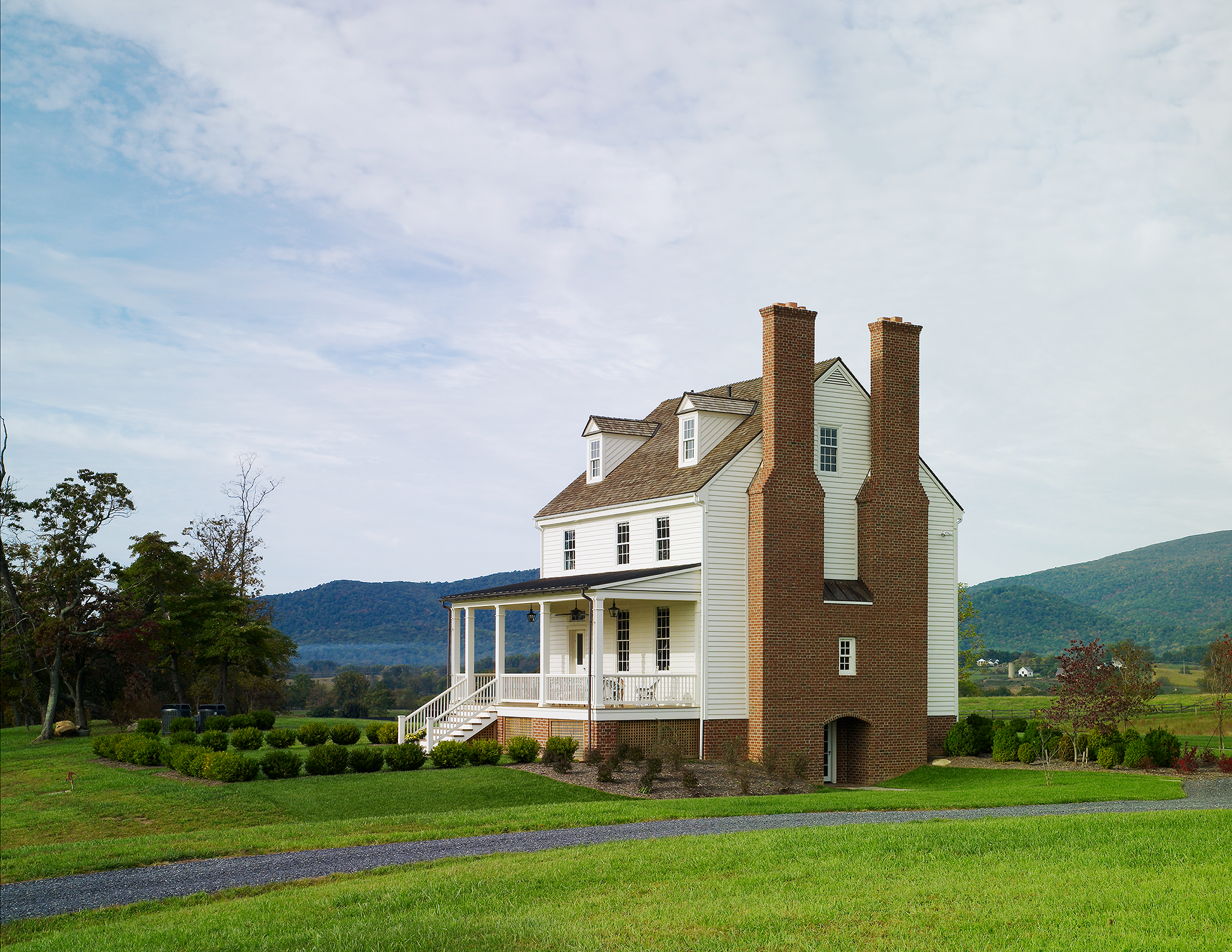Profile
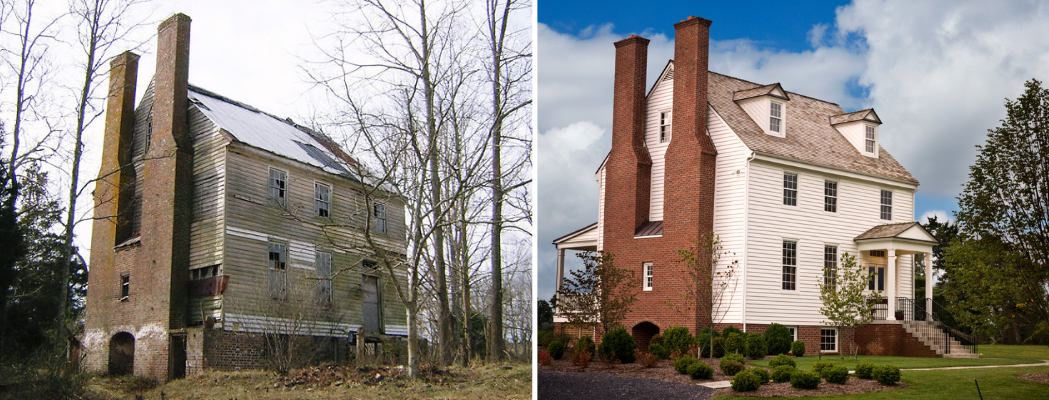
Glass Construction, Inc. founded in 1990 by Tom Glass is an award-winning general contracting firm specializing in the preservation of existing houses and related buildings through restoration, renovation, and adaptive reuse. Our commitment to the highest levels of fine craftsmanship, attention to detail and exemplary customer service has earned us a reputation for excellence throughout the Washington DC area. We have the wisdom and patience required for the restoration of historic 18th and 19th-century buildings coupled with the sophistication and skill essential for the exacting standards of 21st-century architectural designs.
Glass collaborates with many of the top architects and interior designers in the region. Essential to our work is the ability to create collaborative and effective teams by integrating the talents of the homeowner, architect and builder. Employing our unique design cost analysis, value engineering and critical path scheduling tools we provide the budget and time management road maps for successful project completion. Our advance planning, team oriented approach ensures the goals of the client and vision of the architect are realized within the budget and schedule parameters. Building lasting relationships, from cocktail napkin sketches to celebrating the well-crafted new home, continues to be a distinguishing feature of Glass Construction’s enduring legacy.

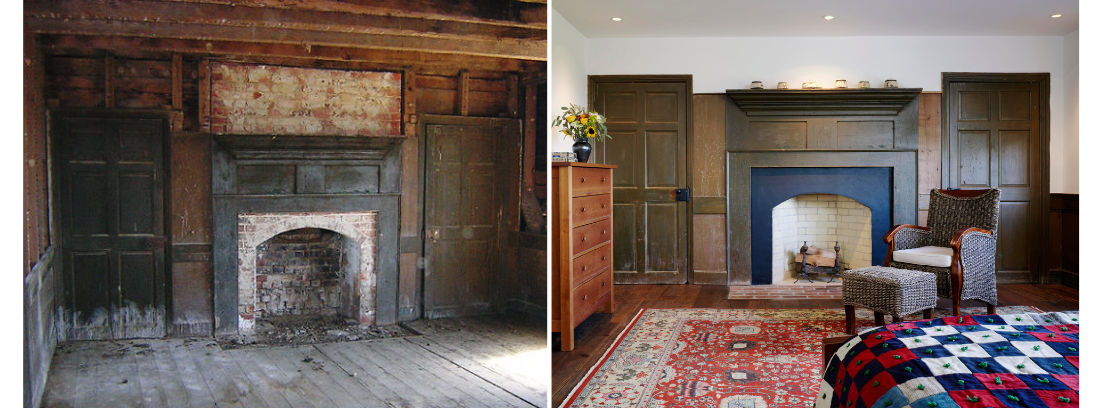

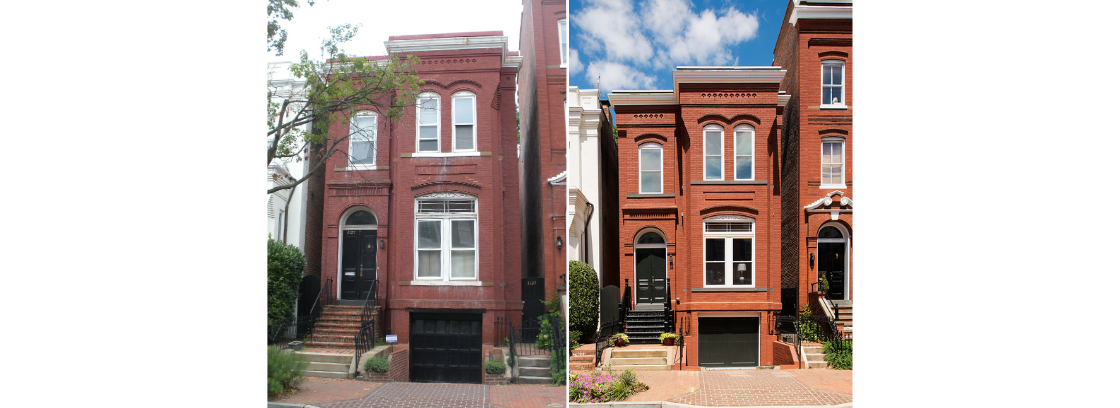

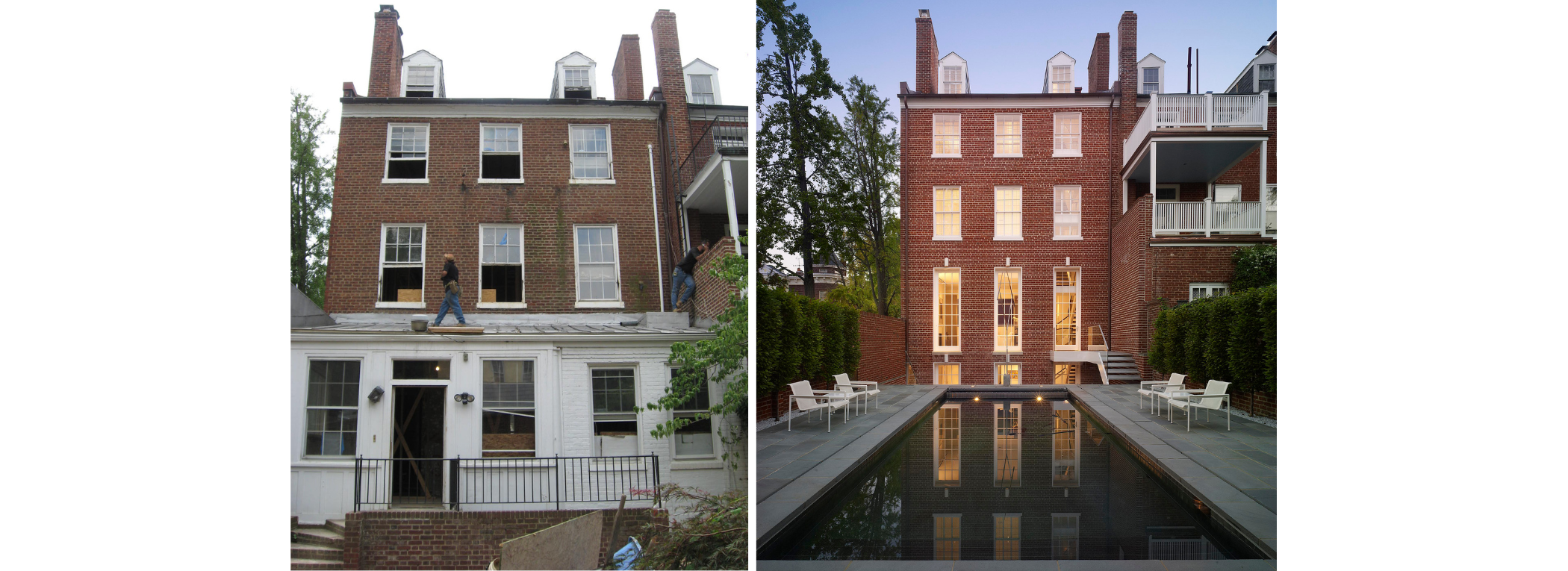

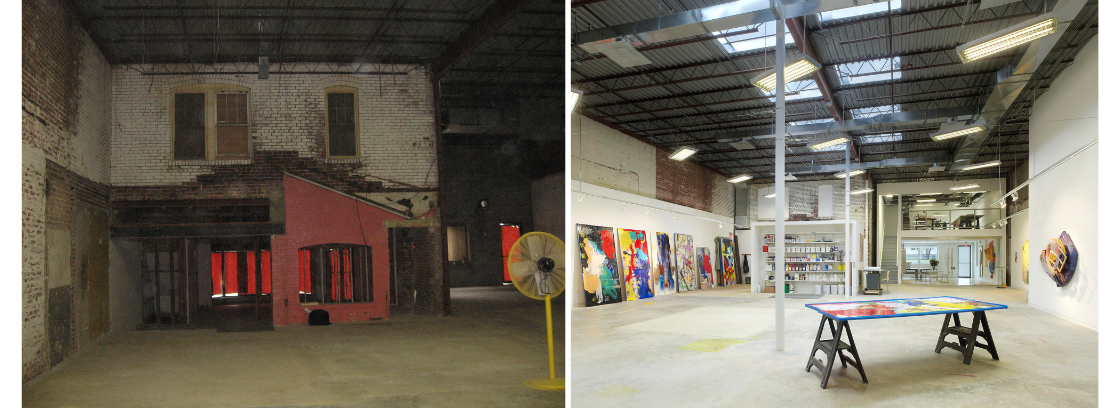
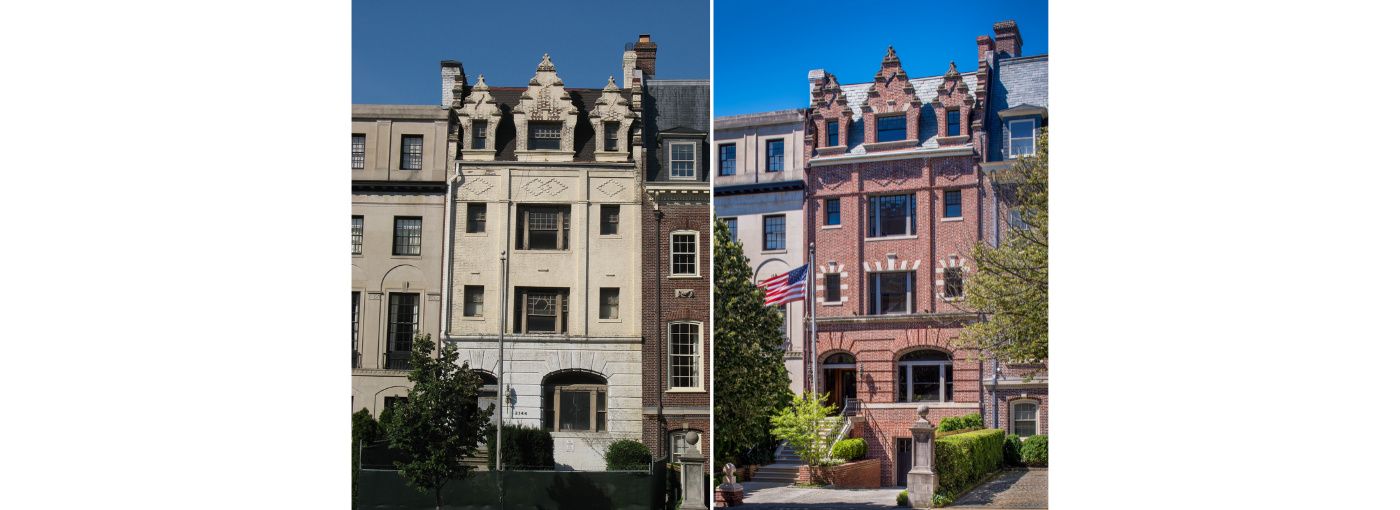
Built in 1797 by Revolutionary War veteran Robert Kelso, Woodlawn was abandoned and decaying in a farmer’s meadow in Appomattox County, Virginia. This is a classic example of an eighteenth century side-hall Federal manor house. Built of hand hewn timbers and constructed with a mortise and tenon technique common of the era, the house had stood for over two hundred years. A magnificent double chimney, on the east gable end, gave the house a striking and unique appearance. Unoccupied and neglected to the elements since 1930, the house was on the verge of collapse. I fell in love with Woodlawn and was determined to save it from eminent destruction. The house was purchased from the farmer, disassembled, moved 140 miles north to Flint Hill, Virginia and reassembled in a new farm meadow much like its former home. This is the story of that journey.
